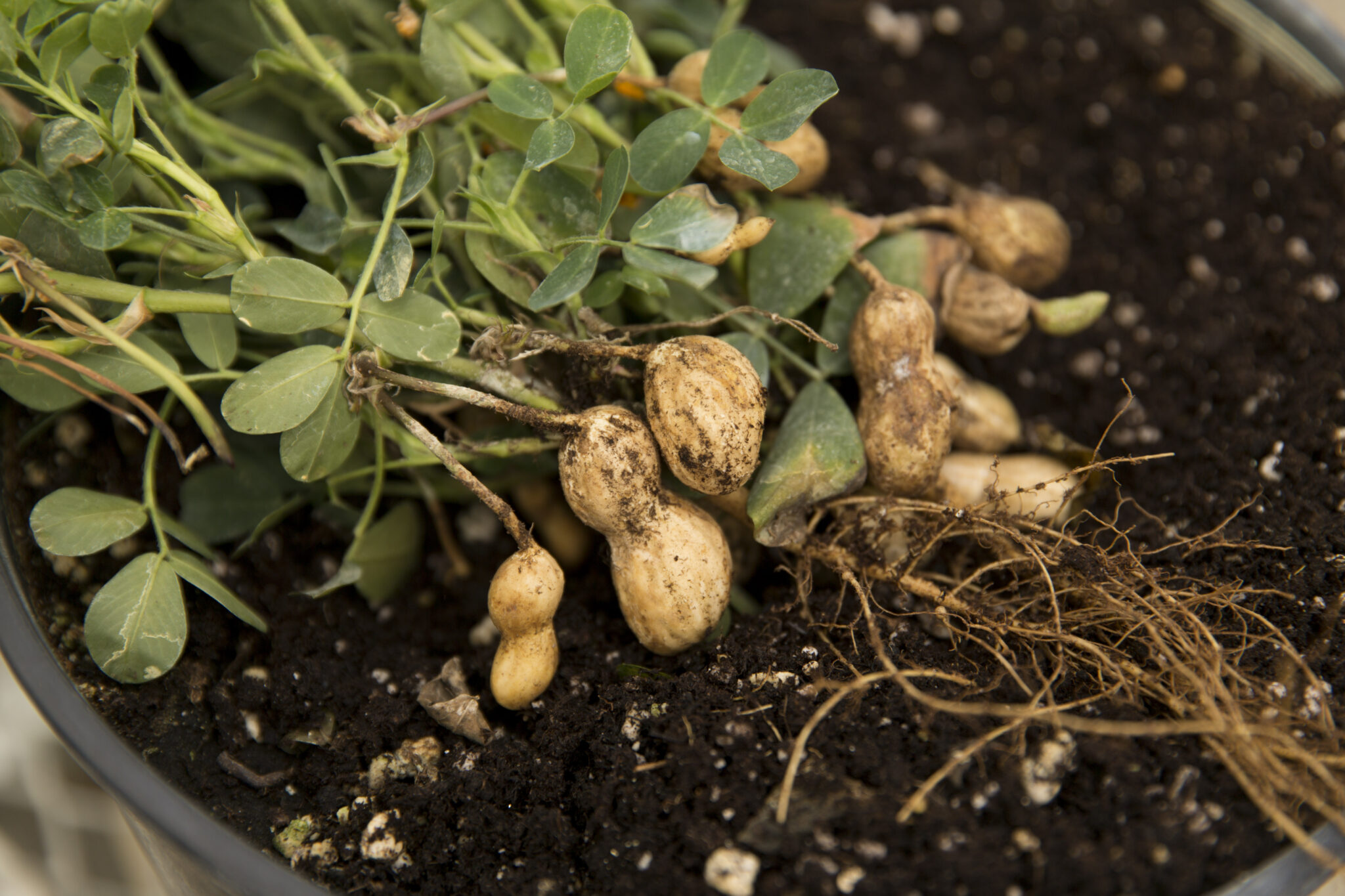This season, peach producers face the worst disease problems in years, said Phil Brannen, an Extension Service plant pathologist with the University of Georgia College of Agricultural and Environmental Sciences.
Extended, frequent rain has caused long stretches of moist, soggy conditions, he said. These have opened the gate for diseases, causing fungi and bacteria to thrive and attack Georgia's $24 million peach crop.
"This year, we had nearly perfect conditions for dissemination of spores and subsequent germination," Brannen said.
Over the past three years, because of drier conditions, peach producers have had little worry with diseases, he said. But this year, diseases have consumed as much as 25 percent of some orchards.
The blight, the spot, the rot
A disease known as blossom blight entered orchards early in the
growing season. This condition led the way for brown rot, a much
more serious disease, to appear during harvest, he said.
|
Infected with brown rot, a peach hangs mummified from a tree in Peach County. |
The brown rot fungus produces a multitude of spores which are spread from fruit to fruit by wind and rain, he said.
Brannen said brown rot has hit orchards in middle Georgia hardest. The disease mummifies the fruit on the tree.
"Mummified fruit is actually hard, and it follows with the complete rotting of the fruit," he said.
Wet, warm conditions make another disease, bacterial spot, more likely on certain varieties. O'Henry, a variety being picked right now, he said, is especially hard-hit.
|
Bacterial spot causes deep, ugly blemishes on peaches, rendering them unmarketable. |
"The bacterial spot makes a nasty-looking fruit," Brannen said. "It makes deep pits in the fruit. It's an ugly disease."
Bacterial spot has infected 15 percent to 20 percent of some orchards, he said.
Tough to control
Brown rot and bacterial spot are tough to control, Brannen
said. "They (producers) are spraying as much as they can," he
said.
When it rains as often as it has this season, the chemicals just
simply wash off of the trees, he said. And it's hard to spray in
heavily soaked orchards.
"To spray and then have to go right back in and spray again is
almost impossible," he said.
In the past three or four weeks, it has gotten dry again. That
may help, Brannen said. But the damage has already been done.
"Overall, we've had a good peach crop, good fruit set and prices
have been good for producers," he said.
But when you consider the added cost of spraying and the
reduction of sellable fruit due to disease, the harvest could
have been much better, he said.
UGA CAES scientists are working to develop an effective spray
management program for growers. The program will determine the
best spraying times by monitoring the temperatures and moisture
levels in orchards.
The peach harvest began in April and will last into mid-August








